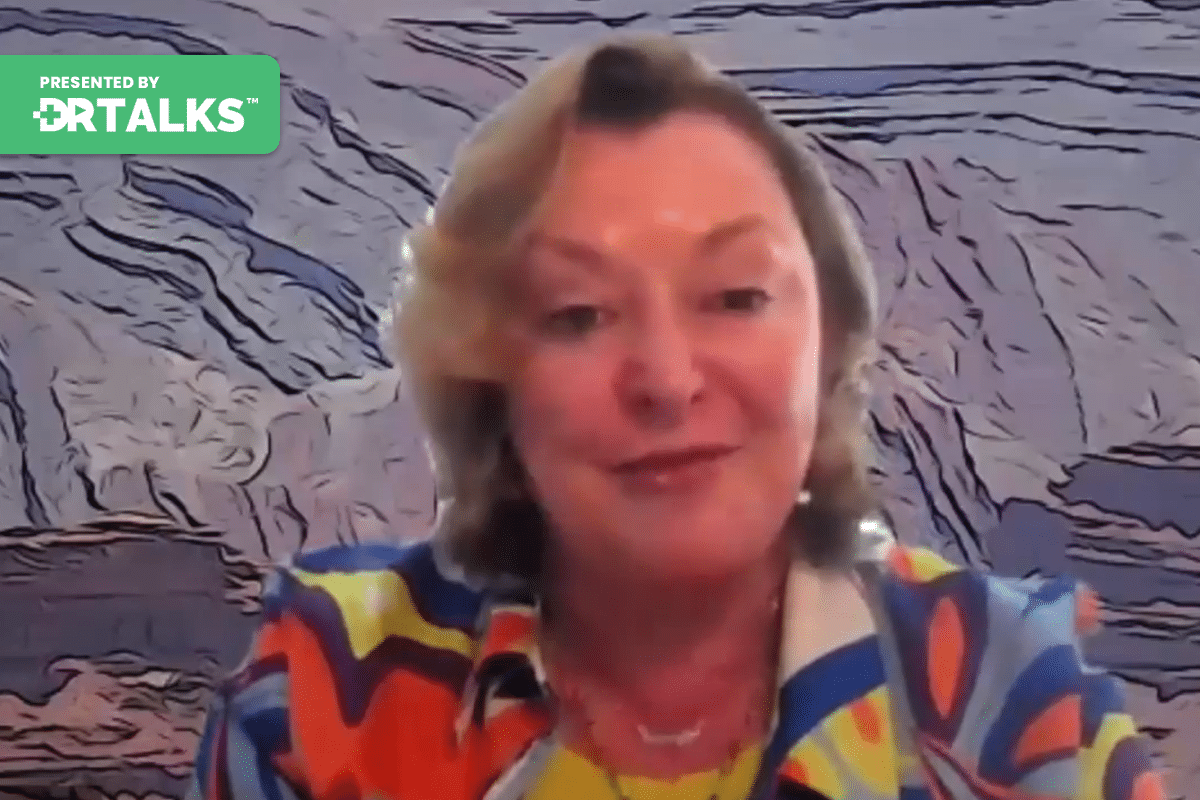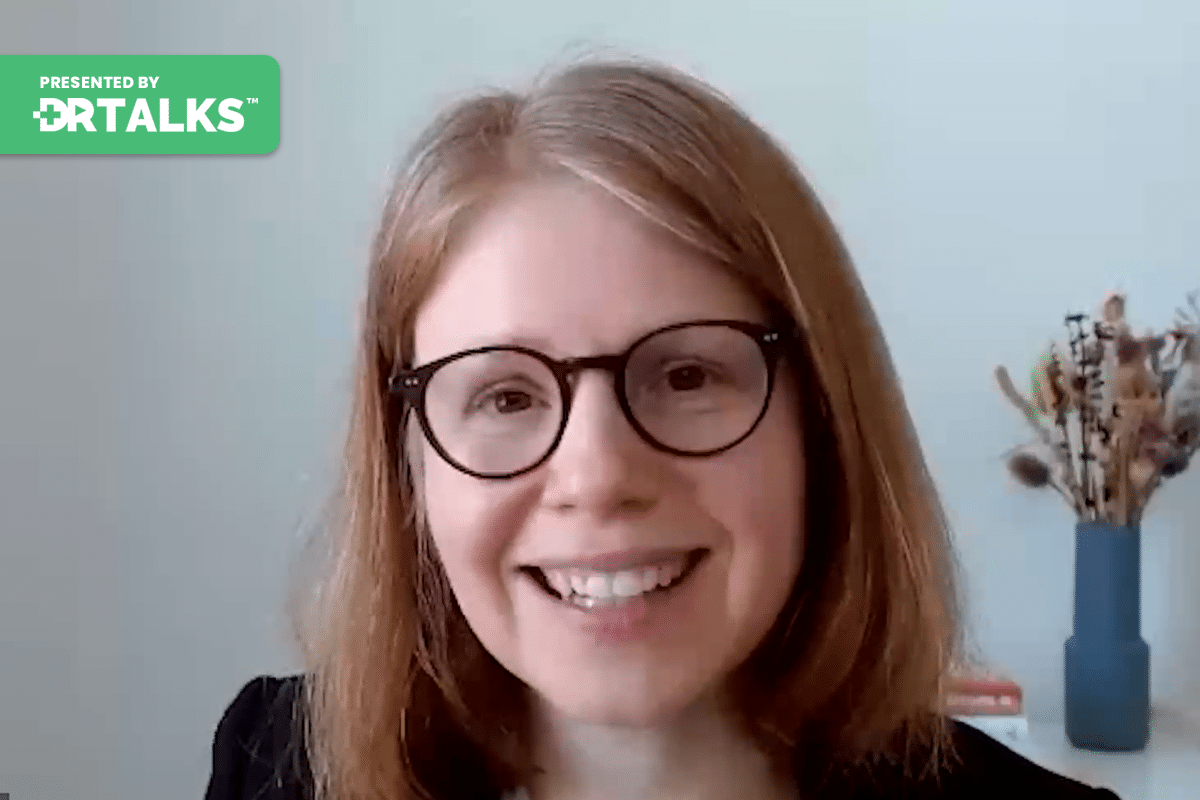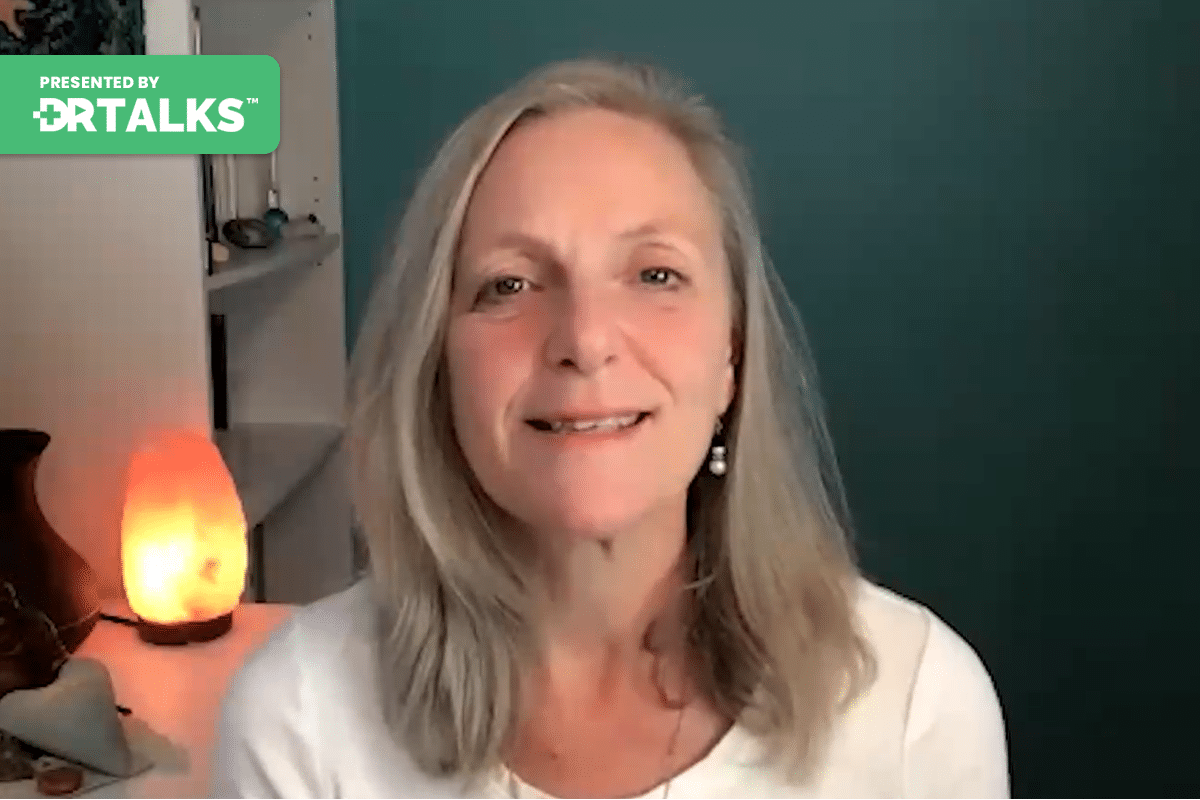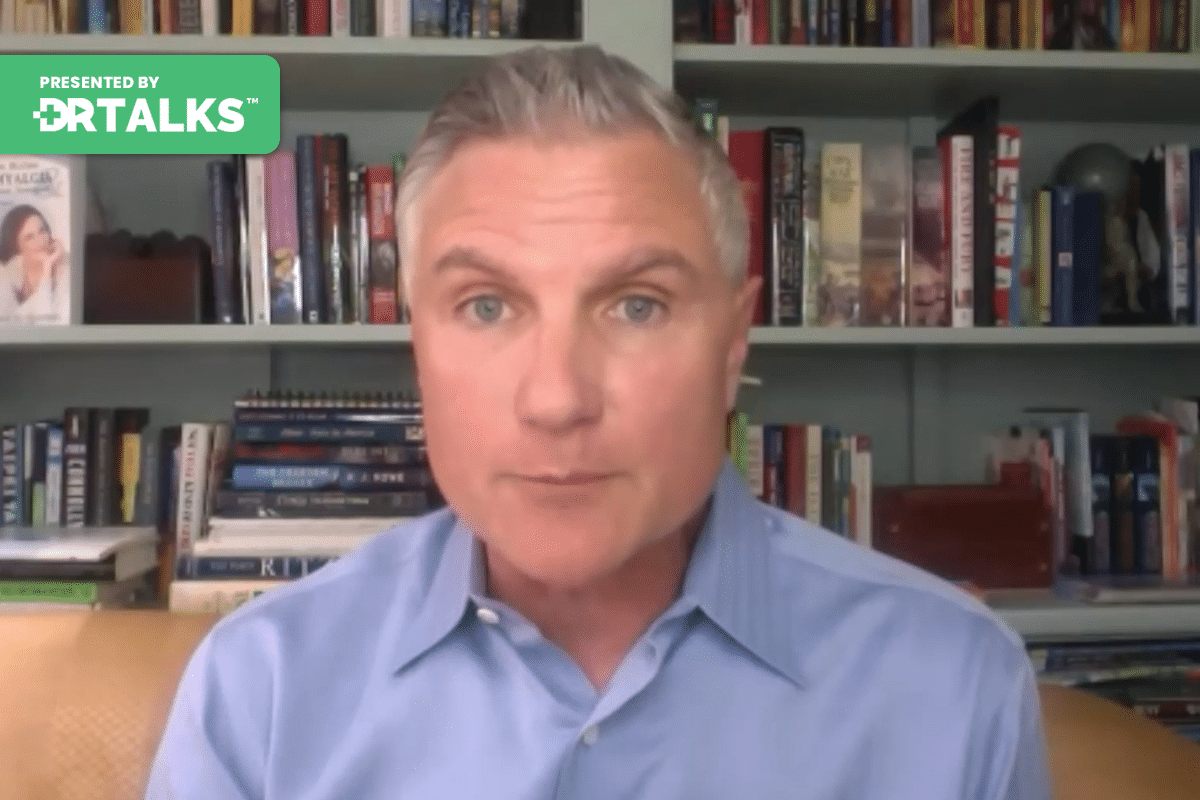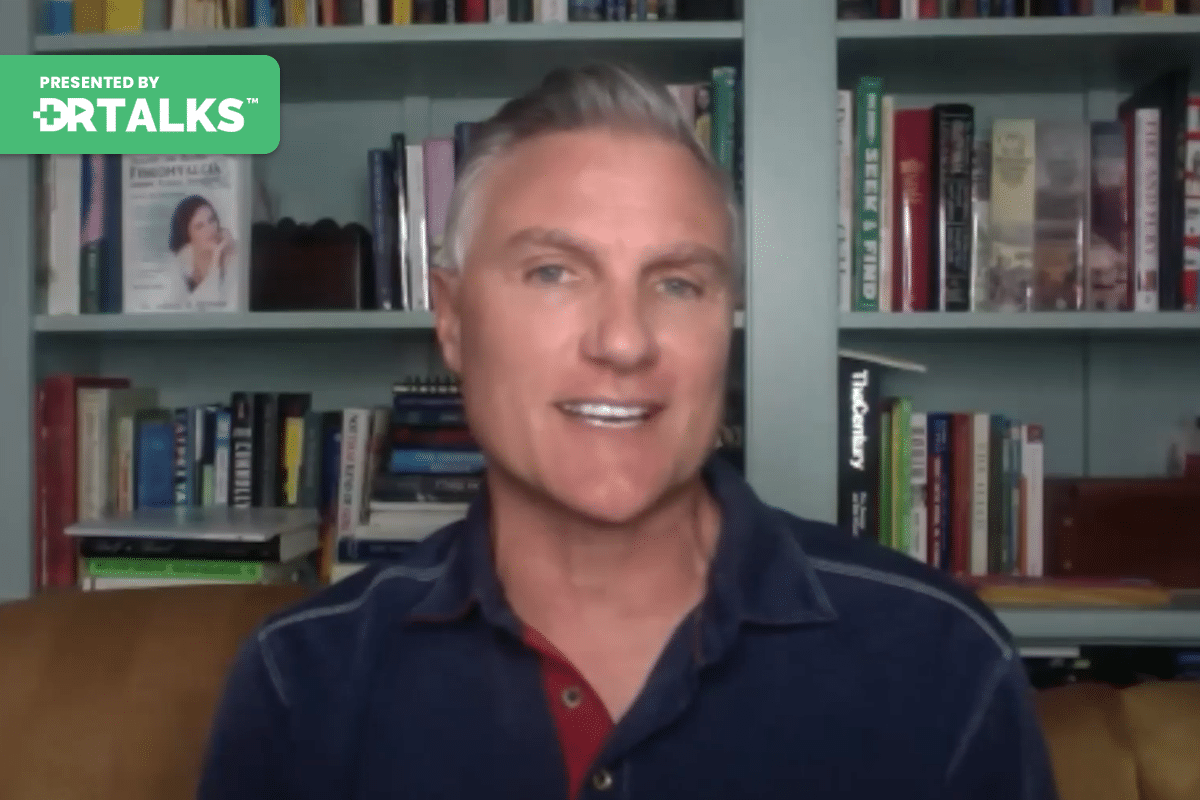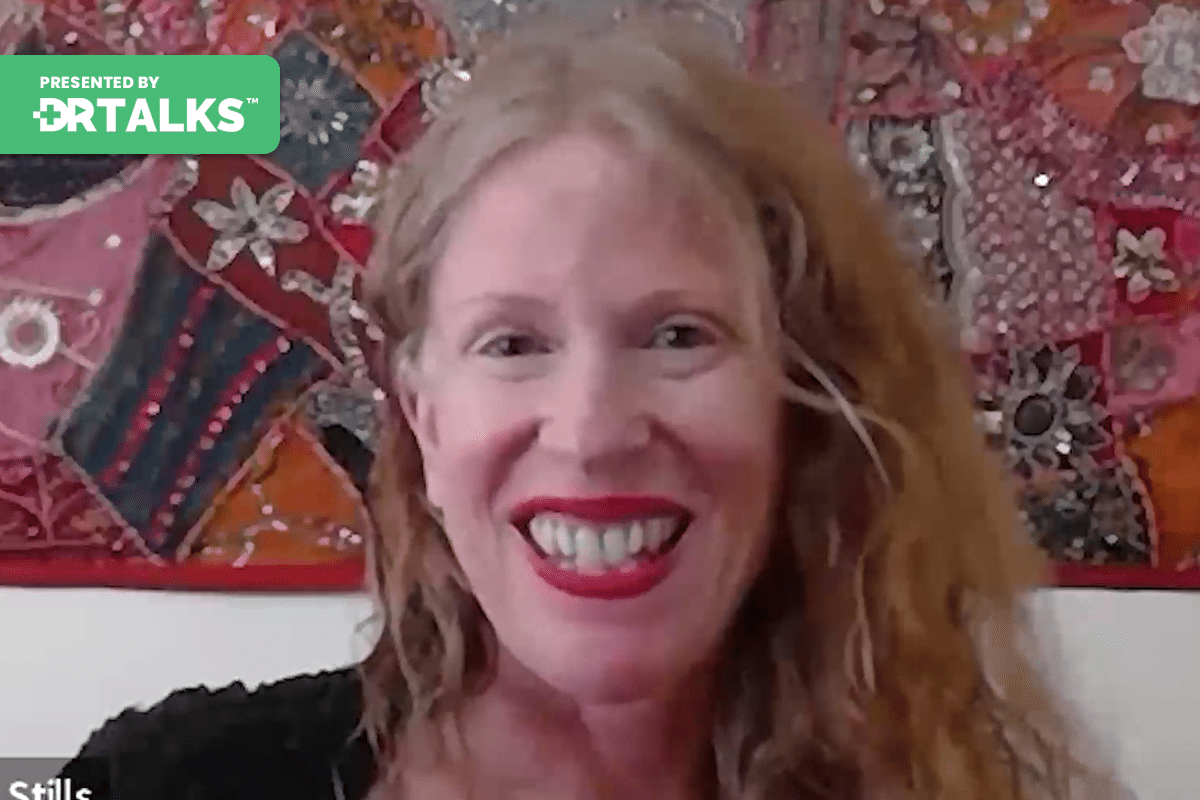Join the discussion below
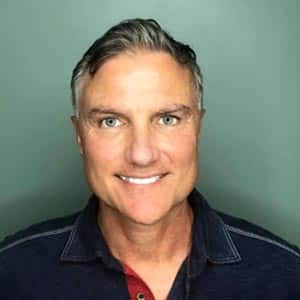
Dr. Rodger Murphree is a chiropractic physician and board certified nutritional specialist. He is an internationally recognized fibromyalgia expert. His “Murphree Method,” a combination of functional and orthomolecular medicine, has helped thousands of patients get healthy and feel good again. He’s the author of 3 books for patients and doctors including... Read More
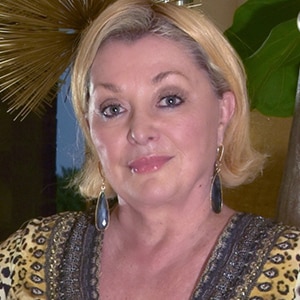
Danielle is the Co-Founder and CMO of AVACEN Medical. She holds over 30 years of experience in sales and marketing, as well as coursework at International University and the University of San Diego. Using her incredible expertise, Danielle has helped grow and expand AVACEN Medical into an Inc. 5000 company. Read More
- How does microcirculation reduce pain and increase healing?
- Should ice or use heat to help with pain and inflammation?
- How do you increase microcirculation?
- A new FDA approved device may be the answer
Rodger Murphree, DC, CNS
Hi. Welcome. I’m Dr. Rodger Murphee, and I’m the host of Freedom from Fibromyalgia Summit. And I’d like to introduce Danielle Forsgren is here. She is the I.T. person for Addison Medical. This is a fascinating new therapy that I’ve just learned about. And once I heard a little bit about this technology and what is designed to do that, I got to have these folks on this summit. This is something that people need to know about. Daniel, thank you so much for agreeing to be on the summit. I really appreciate you being here.
Danielle Forsgren
Well, thank you, Dr. Rodger. It’s actually an honor and a pleasure to be here. And I’m so happy that we could make this work. This is very exciting for us as well.
Rodger Murphree, DC, CNS
So if I marriage I mean, you’re familiar with fibromyalgia. We got to talk a little bit before we started this interview. And, you know, unfortunately, once folks get the diagnosis of fibromyalgia, it often. So they just have to learn to live with it. And then it’s you know, then it’s a matter of looking everywhere, under every rock, everywhere they can think to try to get some relief somewhere. Turning to medications that we’ve already established in the summit are oftentimes a dead end. So when someone comes along with a new paradigm, a new way to look at things, it’s really exciting. One of the things that we see with fibromyalgia is this inflammation that won’t turn off. And part of that has to do with this the autonomic nervous system. That’s something that your system being overstimulated and the parasympathetic nervous system being pretty much dormant. We know a part of that is affected by the circulation in the body. And once the circulation is compromised, whether that’s from toxins of old injuries or whatever that’s creating this, we see that pain is dramatically pronounced. So can you talk for those that are watching this and don’t really know about circulation? Let’s talk a little bit about why optimal circulation is so important in reducing inflammation and pain.
Danielle Forsgren
Right? It’s just not circulation. It’s really microcirculation. And we are going to see full disclosure. I’m Tom Ewell. Bower is the inventor of the Addison device and he is my husband. We’ve been together for 32 years, so I actually got pulled into his journey because I just saw what he was doing and how important it was and how many lives we were changing literally on a day to day basis. And actually my best friend had fibromyalgia and I say had and she was diagnosed probably about 14 to 13 years ago and it was debilitating for her. She was an editor of a crafting magazine that was very, very huge in the industry. She was in that industry for 35 years. She literally had to retire overnight. They gave her this medication that she gained 40 pounds. She didn’t want to leave the house. She it was devastating. It was absolutely devastating. And I didn’t understand it at all. So we started looking into it. And then for her birthday, we gave her an Amazon device and said, Will you just try this? And she’s like, Yes. And she did 15 minutes in the morning, 15 minutes at night, and then she went to Europe six weeks later and she forgot her medication. And that’s when she found out she didn’t need it anymore. I mean, to me, that is like so dramatic, but it’s crazy.
But we get these kind of stories all the time, and that is when we said there’s something about this debilitating disease. And it is debilitating, as you know, that we need to look into this because she was patient number one and she had an incredible story. So we actually at that time, Tom was asked to go to the Veterans Administration in San Diego. We have a big, big place there that we try to help our vets. And that’s one of the things that we want to do is help as many of our veterans as we can because they come back broken and we want to help them. And we don’t want to do it through medication. So what we did is they gave them a folder and said, What can you help us with this? You opened up the folder. It was about fibromyalgia. I’m like, Whoa, that is amazing. So we did a small pilot study through UCSD, University of California, San Diego and the VA. And in 28 days we had probably 12 patients. In 28 days, we. Were you able to reduce their pain by over 43, 42% by just using our device twice a day for 10 minutes. That was extraordinary. So at the time we were going through the FDA process and we were actually cleared by the FDA for aches, pains, strains, overall muscular relaxation, which is part of the issue with fibromyalgia and then arthritis. So we went through there and then we decided to drop that for fibromyalgia. But the news was out and we help people on a day to day basis. And I’m happy to say my friend is still fibromyalgia free and she uses her absence 2 to 3 times a day.
Rodger Murphree, DC, CNS
So everybody’s perked up. Now, let me tell you, when they hear that, you can reduce the pain.
Danielle Forsgren
Okay. Full disclosure, not everybody is know everyone’s different and that’s everyone’s story. So you know how I had to be very careful?
Rodger Murphree, DC, CNS
Yeah. I always have to backtrack when I talk about my first fibro patient who I got well and went into remission, you know, three months after starting to work with me. It doesn’t happen like that always. However, you know, if you can demonstrate consistently that you’re getting some really good odds, I mean, even 50% success in this group definitely stands out. But I’m like you I know that you have to be careful because when I start talking about going into remission, patients that I’ve worked with over the years, a lot of folks in the fibromyalgia community have been beat down over the years and have come to the false conclusion that you can never get well. And that’s not true. You’ve heard multiple people talk about that. Fibromyalgia is very much a treatable illness, but you’ve got to get the right treatment. And here’s an approach right here, I think is going to be a great ancillary approach. You know?
Danielle Forsgren
Yes.
Rodger Murphree, DC, CNS
I think really the only thing that works for fibromyalgia, really, and this is sounds silly sometimes, but is to get healthy and that means difficult.
Danielle Forsgren
That’s true with so many diseases, though. Autoimmune diseases, chronic diseases. You just have to treat yourself a little bit better.
Rodger Murphree, DC, CNS
Yeah. Yeah. So, you know, that means that you have to make changes, lifestyle changes change. You can’t get healthy without having a healthy diet.
Danielle Forsgren
Absolutely.
Rodger Murphree, DC, CNS
You know, I mean, I love.
Danielle Forsgren
Those potato chips, but I can’t eat those every day. That’s crazy.
Rodger Murphree, DC, CNS
You know, that’s my kryptonite. It’s but that’s my son. I always tell, know, get that. Bring those in. I’m really such a healthy eater. But, boy, those potato chips are good, aren’t they?
Danielle Forsgren
Sometimes.
Rodger Murphree, DC, CNS
Listen, listen, let’s talk a little about MicroConf because you mentioned that and I think it’s.
Danielle Forsgren
Circulation.
Rodger Murphree, DC, CNS
That is the linchpin I think really for so many folks with chronic illness in particular pain but also moods as you mentioned, this unit and this technology also helps with brain fog and other issues with mental clarity as well as I think.
Danielle Forsgren
Well, the amazing thing if I can just explain a little bit about this device, it looks like a breadbox, but it’s a very special little breadbox. It’s about 6 pounds. You put your hand inside and you place your hand on a dry heat pad. And then with 4000 firmware instructions, we enclose the receipt. So everything is done through the palm of the hand. So think of us like acupuncture without the needles, because Tom found this genius way to treat the whole body or engage your body. We don’t do anything. Okay, so we have a dry heat pad in the vacuum chamber, and then your body takes over. So what we do is he is actually come up with, like we call it, a body hack, although he hates that term. So we engage something called the arterial venous anastomosis and that is the shunt to your thermoregulation, right? So then we enclose your wrist, we open up these Vas and we keep them open because of the vacuum. And then after about a minute your hypothalamus wants to shut it down and vaso constrict. But we keep it open because of the vacuum.
And that is what the magic is. We are able to do this dry heat treatment and in less than 10 minutes we thin out the blood just very slightly. But enough to engage your body to go wait. Something great is happening right now that I haven’t experienced for a while. So then it gives you it starts your circulation working and it gives you more oxygen and nutrients and that is starts to hit the inflammation in your body after a while. So that’s kind of the long and short of what we do, although, you know, it took us six years of research and development to figure out what we were doing because we had no idea what we were doing. My husband invented this device for my older sister, who had 25 years of chronic migraines. And then she was always cold. She was so cold that she’d be wearing gloves in August. Her body was just low body core temperature. So when we can bring your body to normal thermic and a little bit above, that’s when the magic happens of your body to heal itself.
Rodger Murphree, DC, CNS
What’s interesting about this technology, something I’ve not seen previously and I’ve been on the research end of numerous devices over the last 20 years, people reaching out to me want me to test this with Mary and unfortunately have not had much success for those folks. But this therapy looks very promising. And it’s interesting because what you’re doing is you’re actually heating the inside of the body instead of, you know, people.
Danielle Forsgren
Working from the inside out. Right. Inside out. Right. Yeah. So think of it like a spa from the inside out. So instead of sitting in a sauna, which I can’t do at all, I last about a minute. This is like I’m giving myself a sauna from the inside out, like an oil change.
Rodger Murphree, DC, CNS
Yeah. So people will take Epsom salt baths and they feel better because it’s a natural muscle relaxer, the magnesium, but also just the heat which is helps to vasoconstrictor. I’m sorry Vasodilator right. To open up the blood vessels and allow more micro circulation.
Danielle Forsgren
But it will vasoconstrictor in about a minute. So you’re kind of sitting in warm water with Epsom salts, not really doing much I hate to say, and I do that all the time. I put a little lavender oil in mine just to relax, but I find that when I put my hand in this device, I sleep better. My hair and nails grow like crazy because I’m creating microcirculation from the inside out. I’m really, really healthy. At 63, help me through COVID. It kept me alive through COVID. I had Delta and it was life changing for me, you know, especially with the post-COVID stuff, which we’ve all unfortunately have to experience. But let’s go back to Microcirculation because I.
Rodger Murphree, DC, CNS
Was going to say I read here recently that I forget the age, but I was middle aged maybe even maybe in their thirties, that once you get in your thirties and forties, your microcirculation is compromised by about 80%.
Danielle Forsgren
You know what you’re to you’re just totally read the words coming right out of my head. Oh lutely, no. Yeah, absolutely correct. It used to be for at age 40, but I think it’s like age 35 now. I really do.
Rodger Murphree, DC, CNS
Yeah. Well that wouldn’t surprise me because I see this in my patients is poor circulation is a common thing that I see with them. Now, any of you that have had anemia and a lot of my patients have you’ve had anemia, maybe postpartum, you know, after pregnancy, you’re anemic. You remember how exhausted you were. You know, the reason that is is because that iron you didn’t have enough iron to be able to circulate the oxygen and nutrients to travel around and supply the cells with what they needed. And so you can you got a really kind of a black and white of what it’s like to really be not able to get that oxygen and nutrients to where they’re supposed to go. So this therapy is really driving the nutrients and the oxygen to the cells that desperately need this to be able to make energy that will then help to reduce inflammation or help and detox. Mental clarity, right? Detox. Yeah.
Danielle Forsgren
And like you figure it out, it literally goes through the blood brain barrier, too. So not only are we helping your body, but we’re helping the brain as well. And that to me is through all through the part of the hand, which is totally amazing.
Rodger Murphree, DC, CNS
Yeah. But, you know, if you think about I mean, people are probably probably going to be put this thing in the hand you put your hand in this device and it does all this. But the reason why you’re using the hand, you already just mentioned that they have. So would you say babies.
Danielle Forsgren
Are too heavy? I’m sure that’s the most is. Yes.
Rodger Murphree, DC, CNS
But if you know, if you just touch yourself, you touch your skin, where do you where do you have the most tactile sensation? Where do you feel it the most? Where do you have the most.
Danielle Forsgren
Sensations in your feet.
Rodger Murphree, DC, CNS
Hands and feet? And that’s why they’ve used you know, they’ve used these blood vessels, these vessels here to be able to change the temperature. The night’s not a drastic change, but it’s enough to make a difference in the circulation.
Danielle Forsgren
Ever so slight. It’s enough to get your body moving. And we’re also, like you mentioned, we’re engaging the parasympathetic, which is the opposite. So the sympathetic is fight or flight and we are helping you reengage your lost pair of sympathetic, which is like meditation and deep breathing. There are some I don’t know about in Alabama, but there’s so many of these breathing places opening up right now just so people can lay down and breathe, so they can feel better. And we do that through the palm of the hand, and you don’t have to go and drive anywhere.
Rodger Murphree, DC, CNS
And so interested to hear more, a little bit more about that PTSD that you’re having results there. I mean, that is all driven by hyperventilating. Sympathetic, right. Sympathetic nervous system that cannot turn off. And that’s what we see in fibro is they just they have they’re wired entire they can’t turn that sympathetic nervous system off. That’s just go, go, go, go. Even though they’re exhausted. Mm.
Danielle Forsgren
Yes. It’s right from the fright from the very beginning of our company, we decided because my father was a vet, Tom was a vet, his father, former Marine, we decided we really wanted to help our veterans. And so a lot of our devices that we can, we love to donate them because a lot of our veterans, they can’t afford hardly their groceries, let alone a medical device, and they desperately need it. We also at Amazon, we love to employ vets are a lot of our technicians are former military and we love their dedication and everything. So part of our give back right off before we were making any money is we would get if we found somebody who desperately needed it for pets, we would give them a device. And we had some vets that without our device, couldn’t even get out of bed in the morning. And it’s just so noninvasive. That’s the beauty of this device. We have two year olds using this up to 92. It’s a family device. It’s something I travel with it. I’m traveling right now. I’m in Texas instead of California. I’m going to be here for ten days. Guess what came with me? I get into my hotel, I unpack my Amazon, I plug it in because that’s the first thing I do is when I’m laying in bed, I put my hand in there and I’ve got my hand in there for an hour because I’ve had a long day of traveling. It helps me readjust my time clock, and if I wake up in the middle of the night, I put my hand right back in the Amazon and I go right back to sleep. It’s so powerful. It’s really so powerful. It’s something that I would use I’ll use every day for the rest of my life. I use it, I travel with it. I’ll take clothes out of my suitcase to make sure I put that device in there. It’s that important to me because I want to be the 90 year old that’s traveling, not the 90 year old sitting in a wheelchair waiting for someone to visit me. Right. That’s the kind of life I want to have. And I really know after what I’d seen for 15 years, I know that I’m going to be that person because I use my Alyson.
Rodger Murphree, DC, CNS
Now, you mentioned detox. You know, I hadn’t really thought much about that, but you’re so that’s so true. You get all these gunk in the sails, you get all this going right up, can’t get rid of it because you just don’t have the microsurgery to be able to. Exactly nutrients there get the gunk out. So we have patients that are doing collation. We have patients that are doing these detox protocols, which I don’t recommend at least not in the beginning. I think it make you a lot worse.
Danielle Forsgren
Because you’re going to be the jerks of that, right? You can feel like you’re detoxing and you can feel flush. We always recommend you drink a lot of good quality water when you’re doing the Avastin because we are going to move things around. We’re going to do exactly what we say and you need that.
Rodger Murphree, DC, CNS
Do you find so migraines and headaches are really common with these individuals with fibromyalgia? That’s something that’s you know, one of the things we see and you’ve had quite a bit of success, you said you had one patient, I guess, that was deviated and distorted for. Right?
Danielle Forsgren
That’s right. My sister in law, 25 years of chronic migraines and it was really 20 to 25 a month. So she basically lived in her dark bedroom.
Rodger Murphree, DC, CNS
Yeah. I mentioned earlier that I’m an old migraine patient and, you know, I figured out what my mind had to do with low thyroid and food allergies, which is very common. Very common. But migraines are the worst. I mean, they are the worst. And knock, knock on wood, the overwhelming majority of my patients, I’m able to help. But I do have some hardcore migraine patients that really are pretty desperate, you know, to get some relief. So I think I.
Danielle Forsgren
Watched my mother suffer for years. We’d have to take her to the hospital where they’d have to knock her out. That was the suffering that she had. My sister 25 years, I’d call her on the phone. And it wasn’t until we actually took our prototype over to her house that I saw how awful her migraines were. I never saw her when she had a migraine. Until that she came out. She was gray, ashen gray. She looked like the walking dead. She hadn’t eaten for three days. The only reason she was her husband was a physician. So there was no alternative. Anything in that house. I tried desperately to get other alternatives in there. Nope. He was very western thinking and that’s totally fine. But it just didn’t work for her. It wasn’t working. So we brought this device and it was a prototype from a very exclusive school that I can’t really mention, and Tom was working with them on thermoregulation. And so we said, Just put your hand in here.
And the only reason we got it into the house is because it was from a very prestigious school. So it was okay. And literally we put our hand in there. We watched her because she was patient number one. We had no idea what the protocol was. And an 8 minutes I watched her turn from gray to pink and I’m like, Oh my gosh, we’ve just done something. We have no idea what it was. And then my brother-in-law said he took out his checkbook and said, I’m buying this thing. What is it? And we’re like, I’m sorry, you can’t have it. It’s on loan, right? He goes, I don’t care. Tell him it was stolen out of your car because we asked my sister the question, How do you feel? And she goes, You know, I still have a little bit of a migraine, but I think I’m hungry and I’m not going to have to take my drugs. And we’re like, what did we just do? And then she used it every time she felt like she was getting a migraine because she had an aura. She would put her hand in there for 20 minutes. It would be gone now, I’m not saying this is going to happen for everybody because everyone’s different, everyone’s metabolism is different. But this is what started us on our journey 15 years ago.
Rodger Murphree, DC, CNS
Well, so you relaying that, sharing that. I’m just thinking about patients with Raynaud’s and varicose veins.
Danielle Forsgren
Yes, yes. And yes.
Rodger Murphree, DC, CNS
You know, illness is a poor circulation. This device probably can be a godsend for some of these folks.
Danielle Forsgren
Okay. So one of our one of our shareholders, she’s very petite and she has Raynaud’s or she had it. She has the device. And every Sunday, she likes to go and do trapezium and she’s she’s quite the one. She’s a little spitfire. And she couldn’t do the trapeze anymore because her radios wouldn’t allow her to grip. But then she found out that by using the Avastin, she could go and do that. So she hasn’t really had an issue for probably ten years.
Rodger Murphree, DC, CNS
Wow. Well, Danielle, this is fascinating. And people are going, wow, I’m going to know.
Danielle Forsgren
I know it sounds too good. Be true. Right.
Rodger Murphree, DC, CNS
What I want to encourage you to do is to check out the website. We’re going to have everything here. Of course, you know, here in the summer, you’ll be able to have get access to that. But what’s the website, the best website for them to go learn more about Alison What’s.
Danielle Forsgren
Your thing website. Avacen.com. So AVACEN.com and that is an acronym that stands for Advanced Vascular Circulation Enhancement. And again, that’s AVACEN.com. And our science is on there. You can also go to .gov and see our fibromyalgia study. If you want to look at that, we have a couple of other studies we’re getting ready to do. Another study. We’re going to be finishing up a type two diabetes study and also a wound care study which were brilliant at wound care healing.
Rodger Murphree, DC, CNS
Danielle, this is been really informative, very interesting and I really appreciate you coming on and sharing this. I’m so thankful that we connected. I think this is such a same here.
Danielle Forsgren
I am so excited. I just can’t wait until we can get a device to you and that you can start sharing it with your patients. And let’s see what’s going to happen. I think some good things are going to happen. I have a great feeling about it.
Rodger Murphree, DC, CNS
Yeah, me too. Thank you so much.
Danielle Forsgren
Thank you so much.
Downloads

